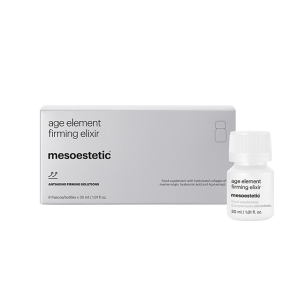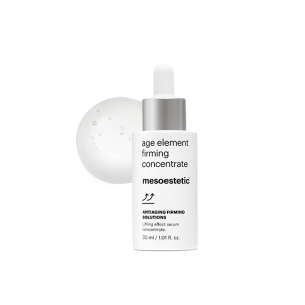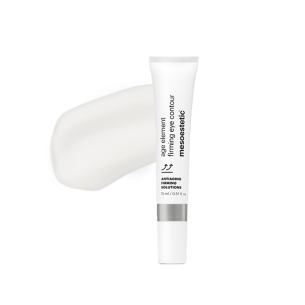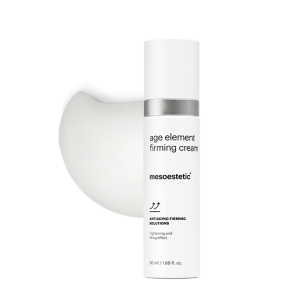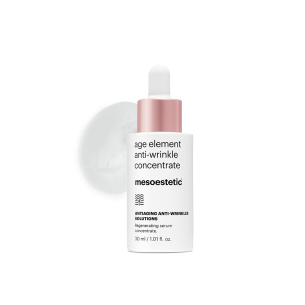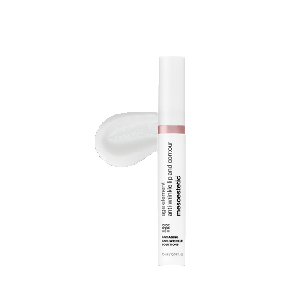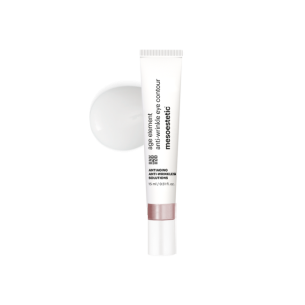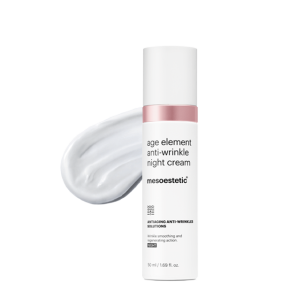Skin is a complex anatomical system, created from a multitude of different elements. The balance between these elements is vital to ensure it functions correctly and maintains a healthy appearance. Elastin is a structural element of the skin, and its job is to take care of the consistency and elasticity.

Today we'll tell you what elastin is and what it is for, as well as how it can be lost, how it can affect our skin, and what we can do to regenerate it, as well as anything else we can do to conserve our skin in its best possible condition.
What is elastin?
Elastin is typically defined as a protein with structural functions. This means that it contributes to maintaining the basic morphological characteristics of the dermis and its extracellular matrix. As such, it is one of the elements which integrates and sustains the body's different tissues.
A skin rich in elastin is synonymous with a skin that is smooth, firm and full.
What are the functions and benefits of elastin?
Based on the name, it's not hard to guess. The principle property of elastin is: elasticity. These fibres are specialists in supporting distortion and movement, and as such they are particularly concentrated in areas which frequently expand and contract.
Elastin has some exceptional qualities. These fibres can stretch up to one and a half times their resting size, and the material has enormous resistance to fatigue (as seen in the lungs or arteries, where they withstand considerable pressure and hundreds of millions of extension/relaxation cycles over the course of a lifetime).
Elastin tends to be associated with collagen (such as, for example, when we speak about facial flaccidity) and when it comes to skin, the loss of this element leads to flaccidity, wrinkles, and skin that is fragile and delicate.
Why does our skin lose elastin?
Skin rich in elastin is synonymous with skin that is smooth, firm and full. The dermis is where you'll find the elastin, as this is also where the fibroblasts responsible for its synthesis are located. Elastin is slow to metabolise, and as such tends to age at the same rate as we do. However, we frequently come across cases of accelerated or premature loss of elastin. Why? If we're looking for culprits, it's easy to point the finger at metalloproteinases, but that would be too easy...
- On the one hand, we have the simple, unavoidable effects of the passage of time. As we get older, our fibroblasts regenerate at a much slower rate, and the repair of these fibres cannot keep up with the pace of the wear. When there is less collagen, which provides them with resistance, the elastin fibres can break much more easily.
- Other the other hand, there are typical external skin ageing factors, amongst which we must highlight the damage caused by excessive sun exposure. This type of ageing is elastin's number one enemy, while environmental pollution and unhealthy living habits also contribute.
How can you help your body to generate elastin?
Healthy skin habits can help to protect your skin's elastin. Key here is adequate protection against the sun's radiation (avoiding extended periods in the sun, especially during the middle of the day, using SPF), good skin hydration (drinking enough water and using moisturising products), as well as a healthy diet and good quality rest.
Certain nutrients also strengthen the formation and structure of elastin, and we can find these substances in diverse foods. The most important are:
- Vitamin A: Retinol and carotenoids are the main elastin regenerating agents for your skin. High concentrations of vitamin A can be found in liver, sweet potato, carrot, and squash.
- Vitamin C: Ascorbic acid also helps to reduce the damage to and loss of elastin. Rosehip, hawthorn berry, red pepper and parsley are all good sources of this essential nutrient.
- Zinc: This mineral has a key anti-oxidant effect. Oysters and other seafood, wheatgerm and red meats are all excellent sources.
- Sulphur: Supports the product of collagen and elastin, and is found in abundance in seafood, red meat, pumpkin seeds and broccoli.
mesoestetic® age element® lines bring elasticity back to your skin
Another highly effective way to impact the epigenetic factors which can influence the synthesis of elastin is regular use of anti-ageing treatment formulas from age element®, specifically designed by mesoestetic® and based upon the patented [meso]epigen system™, which works to reactivate the genes associated with the synthesis of collagen and elastin, among other demonstrated benefits.
In the early and middle stages, when the principal signs of ageing are the loss of skin firmness and facial definition, we recommend the use of age element® firming solutions, which incorporate peptides and phytoactives with a lifting effect.

AGE ELEMENT® FIRMING SOLUTIONS
Formulas and textures which are designed to treat the loss of firmness which can redefine the shape of the face.
In the more advanced stages of ageing, we see a loss of volume and a fragility to the skin, as well as a deepening of wrinkles. The use of age element® anti-wrinkle solutions, with bachukiol and biopeptides, help you to achieve smooth skin with improved texture.

AGE ELEMENT® ANTI-WRINKLE SOLUTIONS
Regenerative solutions which reduce the appearance of fine lines and wrinkles and improve skin texture.
